Developing Sustainable Ecotourism in Rural Areas
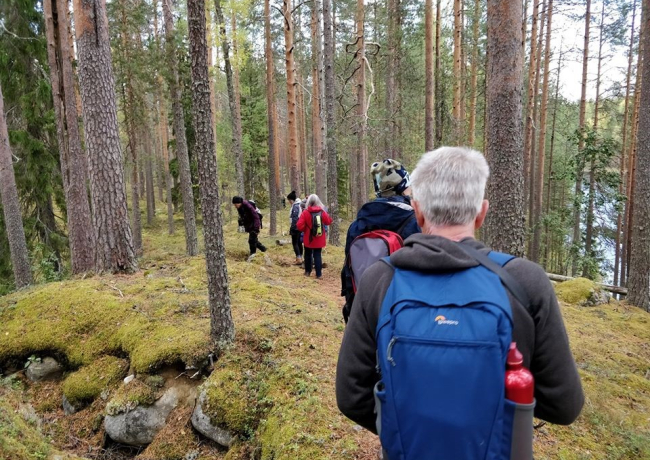
Over the last few decades tourism has become one of the fastest growing sectors in the world. According to the UN World Tourism Organisation, the business volume of tourism is equal to, or outstrips that of oil exports, food products or automobiles.
Tourism also provides a significant source of revenue and employment within Scotland. In 2018 it was estimated that overnight and day visitors generated around £12 billion for the Scottish economy, and employment in tourism provided around 1 in 12 jobs. While tourism is important for Scotland as a whole, it is especially so in our rural and coastal regions.
However, recent years have seen a major shift in how we think about tourism, at home and worldwide. A simple focus on increasing visitor numbers and economic benefits is no longer viable given the global climate emergency and increasing concerns around the negative impacts of over-tourism on communities and the environment. We now face urgent questions on how to promote tourism responsibly, in ways that enhance inclusive and environmentally sustainable economic growth.
Leaders from the Sustainable Heritage Areas, Partnerships for Ecotourism (SHAPE) project recently held a conference on 4-5 of February in Joensuu, Finland to discuss these issues and to exchange learning. Chaired by the University of the Highlands and Islands’ Centre for Mountain Studies and funded by Northern Periphery and Arctic Programme (NPA), SHAPE brings together 33 associated partners from Scotland, Canada, Faroe Islands, Finland, Greenland, Iceland, Ireland, Northern Ireland, Norway and Sweden.
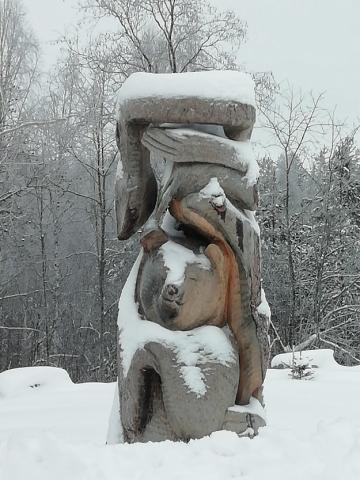
The conference focused on practical ways of developing sustainable ecotourism in rural areas rich in natural and cultural heritage. SHAPE aims to develop tourism which offers opportunities for visitors to experience and discover a regions’ natural and cultural heritage, in a way that respects and preserves the local assets. There is a focus in SHAPE on the creation of partnerships that bring together businesses, communities and managers of natural and cultural heritage to promote sustainable business practices and create local socio-economic benefits.
The conference opened with consideration of some of the common challenges faced in rural areas, identified as limited employment opportunities, low pay, lack of infrastructure, an ageing population, the out-migration of young people and climate change. Within some areas low visibility as a tourist destination was an issue while others experienced high volumes of visitors and associated pressures.
In his keynote speech Will Fenten (independent Environmental Adviser) highlighted that too often the focus of activity is on mitigating the negative effects of tourism rather than viewing tourism as an opportunity to enhance local economic vitality. The importance of working in partnership and long-term planning was underlined as crucial in realising the benefits of tourism. He emphasised the usefulness of the European Charter for Sustainable Tourism and Protected areas, which offers a practical management tool for working in partnership with relevant stakeholders, and enables protected areas to develop tourism strategies and action plans in a sustainable way.
We then heard from Timo Hokkanen and Daisy Silvennoinen of the UNESCO North Karelia Biosphere reserve who described the ways in which they have brought these principles to life. The sparsely populated North Karelia region, described as ‘the forest capital of Europe’ covers a vast swathe of land, more than two-thirds of which is covered by trees. It also boasts approximately 2000 lakes and is home to a rich variety of wildlife, including brown bears, wolverines and lynx.
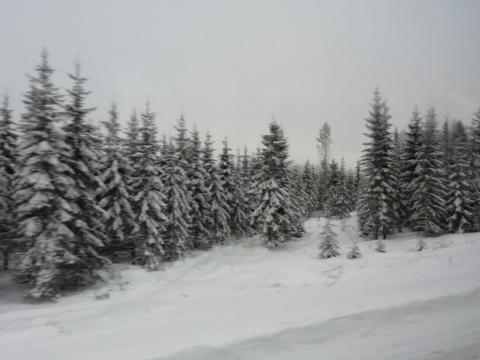
One of the key aims of the UNESCO Biosphere Reserves is to promote sustainable use and development while conserving rich natural assets. Communities are supported to become involved in the Biosphere Reserve through collaborative projects which are designed to bring revenue into the local area.
To help realise these goals, the Koitajoki Nature ‘Slow Triathlon’ was developed. In an inversion of conventional triathlon events, this is designed to be completed at a relaxed pace, over a number of days to allow participants the opportunity to enjoy the nature, culture and environment of the Biosphere Reserve. Multiple activities have been designed to provide a tourism package for a range of fitness and abilities involving: hiking, canoeing and cycling or hiking, rafting, swimming and (the quintessentially Finnish) sauna. This is combined with opportunities for visitors to stay in a traditional cottage or hotel and to enjoy local Karelian food, developed in partnership with the Ilomantisi tourism association and wider local partners to help benefit the local area.
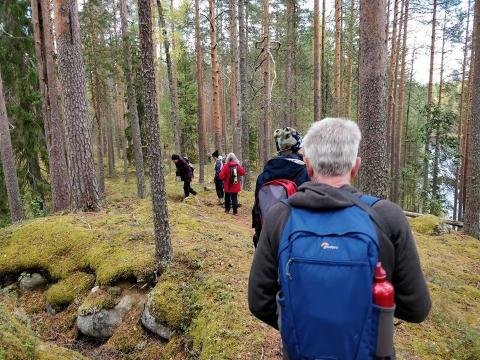
After hearing from a range of speakers, the final conference session involved a fieldtrip to the North Karelia Biosphere reserve. We were taken on a guided bus tour, through a beautiful snowy landscape, densely forested with spruce, Scots pine, birch and alder trees. The tour guide provided a fascinating account of the rich cultural heritage of the area, and the influence of the Russian Orthodox religion. We then visited the Parpperinvaara bardic village where a local musician performed traditional Finnish folk songs on the kantele, the national stringed instrument of Finland. Finally we were invited to sample some of the local produce at the Hermanni winery, including their delicious cloudberry sparkling wine, and enjoyed wonderful North Karelian hospitality at the Parpperinpirtii restaurant in Ilomantsi, which served a range of tasty local specialities.
Experiencing the richness and beauty of the North Karelian landscape and culture first-hand was a genuine privilege. More than anything it underlined the importance of developing tourism in ways that not only help preserve and conserve assets, but do so in a way that allow communities to thrive.
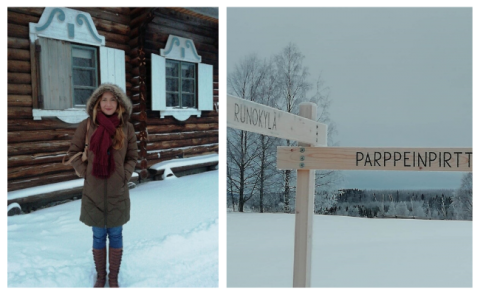
Overall, the conference provided a valuable opportunity to learn about the key findings and approaches taken by SHAPE, and to hear about innovative projects, best practice and opportunities for future international collaboration on sustainable ecotourism from a range of participating countries.
What next for SHAPE?
The project itself will culminate in the creation of a transnational e-service, open-access platform to share knowledge and a bank of resources which can be used to further learning and share good practice and development tools more widely. This should be an invaluable resource for rural communities, businesses and other key stakeholders in developing sustainable ecotourism in their local areas.
Useful references for further reading:
- Sustainable Heritage Areas: Partnerships for ecotourism
- Practical, profitable, protected: a starter guide to developing sustainable tourism in protected areas (2012), Europarc Federation, ECEAT
- The European Charter for Sustainable Tourism in Protected Areas
- The Northern Periphery and Arctic Programme 2014-2020
- Arctic Connections – Scotland’s Arctic Policy Framework
- North Karelia Biosphere Reserve
- Galloway and Ayrshire Biosphere Reserve
- Wester Ross Biosphere Reserve